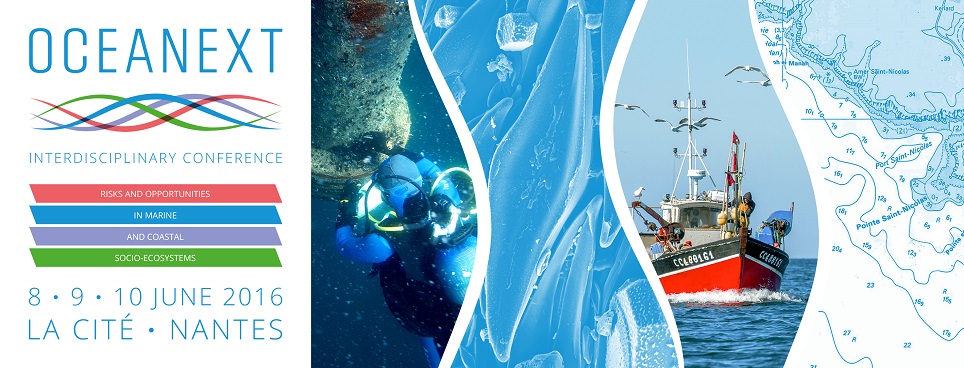Climate change and global warming effects occur in various forms: rising seawater, and changes on temperature and relative humidity. Climate change has complex consequences, especially in the long term, might lead to an acceleration of degradation processes of concrete structures. In order to better understand how changing climate might affect concrete infrastructure, we need to combine accurate data and mathematical models that describe correctly the mechanism of transport of aggressive agents and corrosion propagation. Experimental and numerical studies in the literature found that the weather conditions influence the chloride penetration, which lead to earlier corrosion of reinforced concrete. To deal with these problems, structures should be adapted from the design phase against climate change. The knowledge of transport phenomena allows civil engineers to make a good decision in maintenance strategies of structures. This present work thus focuses on the development of a numerical model for the prediction of service life of reinforcement concrete in tidal zone under climate change and global warming. A realistic numerical model of chloride transfer, accounting for intrinsic concrete properties such as permeability and capillarity, is thus developed. The first results show that the chloride transfer is accelerated under wetting-drying cycles and is also influenced slightly by daily climate change (temperature and relative humidity). The use of a simplified model such as Fick's law can underestimate chloride ingress, which might lead to a bad prediction of corrosion initiation. The results also suggest the elimination of some terms of the chloride transfer equations for certain climate configurations.

|
Modeling chloride transfer under climate change conditions. Contribution to the reliability assessment of service life for reinforced concrete structure
1 : Institut de Recherche en Génie Civil et Mécanique
(GeM)
-
Site web
Ecole Centrale de Nantes, Université de Nantes, CNRS : UMR6183
1, rue de la Noë BP92101 44321 Nantes cedex 3 -
France
2 : Centre for Infrastructure Performance and Reliability
* : Auteur correspondant
The University of Newcastle, NSW, Australia -
Australie
|
 PDF version
PDF version
